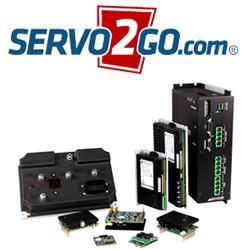Smartphone Technology Inspires Design for Smart Unattended Ground Sensor
Commercial smartphone processes to aid development of air, sea and undersea unmanned military sensors as well
DARPA's Adaptable Sensor System (ADAPT) program aims to transform how unattended sensors are developed for the military by using an original design manufacturer (ODM) process similar to that of the commercial smartphone industry. The goal is to develop low-cost, rapidly updatable intelligence, surveillance and reconnaissance (ISR) sensors in less than a year, a marked improvement to the current three-to-eight year development process.
The program has developed the core ADAPT hardware and software package using a customized Android Operating System (OS) to provide capabilities common to all ISR sensors. The program recently completed its first reference design and developed application-specific software for an unattended ground sensor (UGS) that uses the ADAPT core. This new UGS could provide users with a cost-effective ground sensing capability.
The UGS design is a very small cylinder. It features applications to remotely sense ground activity for a number of potential military applications. The sensor is self-powered and can wirelessly network with other sensors or user interfaces, such as a video monitor at an operations center.
"We're excited to have the first reference design for a small, adaptable ground sensor and look forward to testing a significant number of these new sensors in field scenarios starting this summer," said Mark Rich, DARPA program manager. "We believe that the ADAPT building block approach-where you take the ADAPT core and easily plug it into any number of ISR sensor reference designs-will transform how the military Services and the defense industry approach ISR sensor research and development. This method has the promise of being much more cost-effective, faster to the warfighter, and easier to refresh with technology upgrades."
DARPA may develop additional reference designs that integrate the ADAPT core and sensor-specific apps into airborne, sea and undersea sensor designs. Researchers recently removed the control interface of a small quad-copter unmanned aerial vehicle (UAV) and replaced it with the ADAPT core. This successfully provided flight control input to the UAV and marked an initial step in applying the ADAPT core to other sensor reference designs.
Featured Product

High Performance Servo Drives for localized and distributed control applications from Servo2Go.com
Engineered to drive brushless and brush servomotors in torque, velocity or position mode, Servo2Go.com offers a broad selection of servo drives in a wide range of input voltages and output power levels.
